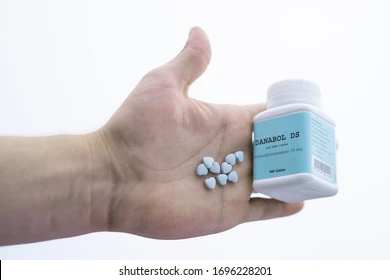
For bodybuilders who use steroids, taking this drug may reduce some of the gains expected from their cycles,
Finasteride, also commonly referred to as Propecia, is used to treat hair loss and enlarged prostrate caused by abnormal or changing levels of androgens in the body. For bodybuilders who use steroids, taking this drug may reduce some of the gains expected from their cycles, but should be considered by anyone with a family or personal history of prostrate issues.
Finasteride (Toremifene Citrate): A Profile
Finasteride and Toremifene Citrate are distinct medications that address different medical concerns but often draw comparisons in hormone-related therapies. Finasteride is a 5-alpha-reductase inhibitor primarily prescribed to treat benign prostatic hyperplasia (BPH) and male pattern baldness (androgenetic alopecia). In contrast, Toremifene Citrate is a selective estrogen receptor modulator (SERM) used in the treatment of hormone receptor-positive breast cancer in postmenopausal women and sometimes in hormone therapy for men.
Finasteride
Finasteride works by inhibiting the conversion of testosterone into dihydrotestosterone (DHT), a hormone linked to prostate growth and hair loss. By lowering DHT levels, Finasteride can reduce prostate size, improve urinary symptoms in BPH, and slow or reverse hair thinning in men. It is well-tolerated but may cause side effects such as reduced libido, erectile dysfunction, or mild depression in a small percentage of users. Regular monitoring by a healthcare provider is essential for long-term use.
Toremifene Citrate
Toremifene, a SERM, binds to estrogen receptors and inhibits the estrogenic activity that promotes the growth of certain breast cancer cells. It is particularly useful in postmenopausal women with hormone receptor-positive breast cancer. Toremifene may also benefit men undergoing anabolic steroid cycles by preventing gynecomastia and other estrogenic side effects. Common side effects include hot flashes, nausea, and occasional leg cramps.
Both medications offer targeted solutions for hormone-related conditions, making them invaluable in their respective fields of therapy. Careful supervision is crucial to ensure safe and effective outcomes.
follow us on Facebook







